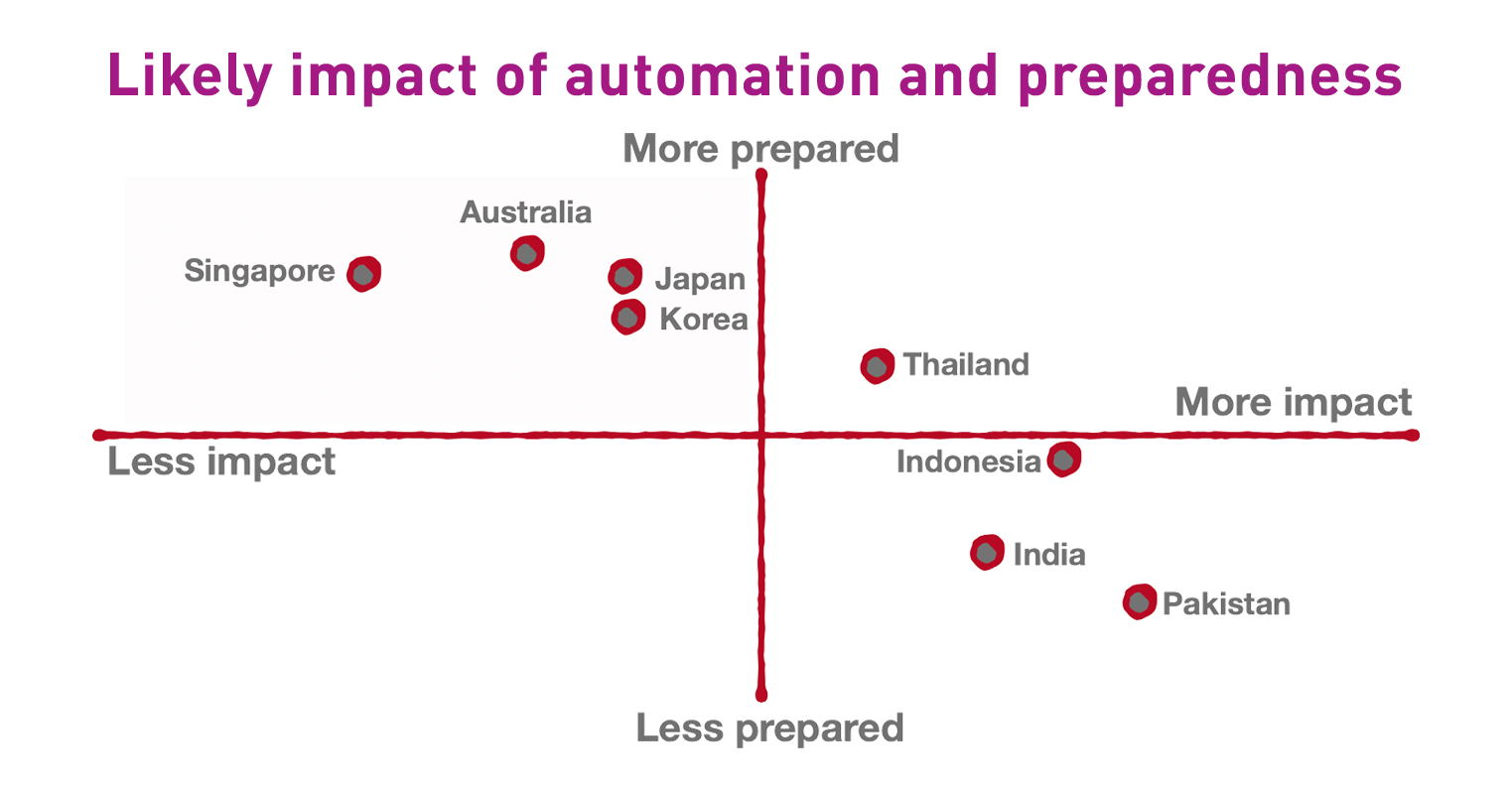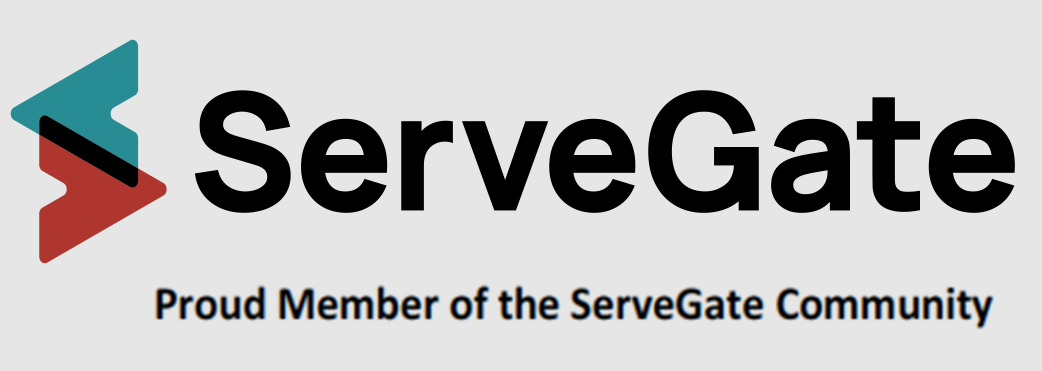Our Insights
The future of work is now. Are we ready?

Source: Deloitte 2021.
If the future is now, we’re lagging.
Interestingly, in Australia we are more ready for some future technologies when compared to the rest of Asia Pacific but with work defined by automation maybe not as ready as we should be. In the adoption of new technologies like machine learning, new optical and mobility technologies and nanotechnology, we lag in more ways than one.
According to the Australia Institute, investment in innovation is falling from a high in 2010: investment in machinery and equipment has dropped by half and as a per cent of GDP, Australia’s R&D spending is below the OECD average. Productivity growth has fallen too.
Relatively few Australian jobs have been created in the most technology-intensive industries and occupations.
Advanced technologies equal competitiveness.
But global experience indicates that developing and implementing advanced technologies can facilitate improved productivity, resulting in increased competitiveness in international trade.
We need more investment not less.
Accenture research indicates leaders that have increased their technology investments are now growing five times faster than those that haven’t.
All of us recognise that the pandemic has accelerated digital transformation across most businesses. Some 95% of technology leaders surveyed in Accenture’s global study had adopted AI and automation, Internet of Things (IOT), Cloud and real-time data/big data analytics.
Close the skills gap.

Source: McKinsey study in 2020.
A McKinsey study in 2020 indicated 87% of executives said they were experiencing or expecting skill gaps in their workforce. More than half of those surveyed had no solution to solve the problem.
Learning transformation needed.
To build capability a blended learning approach that allows learners to learn online, practise and reflect when the need for new skills and knowledge occurs in the workplace.
This transition away from formal learning courses to bite-sized learning employees reach to or are pushed to in the workplace as their need to learn arises provides a stronger motivation to learn achieving better learning outcomes.
Learning strategy, structure and support.

Technology provides the opportunity to accelerate learning and increase the speed to knowledge and capability. But a strategy is more than a Learning Management System or platform. It requires three pillars: strategy, structure and support.
Pillar 1: Strategy – with clear purpose and plan, promoted across the organisation.
Pillar 2: Structure – with a framework of how learning is delivered, ensuring the right fit of technology and pedagogy to ensure learning outcomes are delivered fast; and the right facilities and partners, and committed and sustainable funding.
Pillar 3: Support – with a learning culture where learners learn to learn, and facilitators use learner data to identify learning gaps and close them through coaching. Communities of practice that bring experts, coaches and learners together from inside and outside the business.
